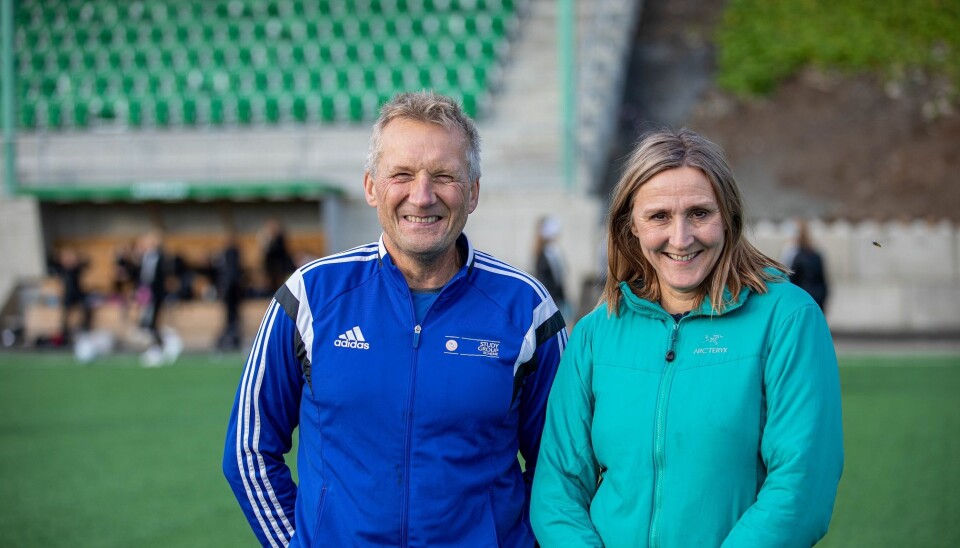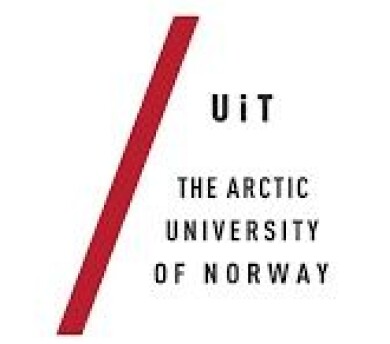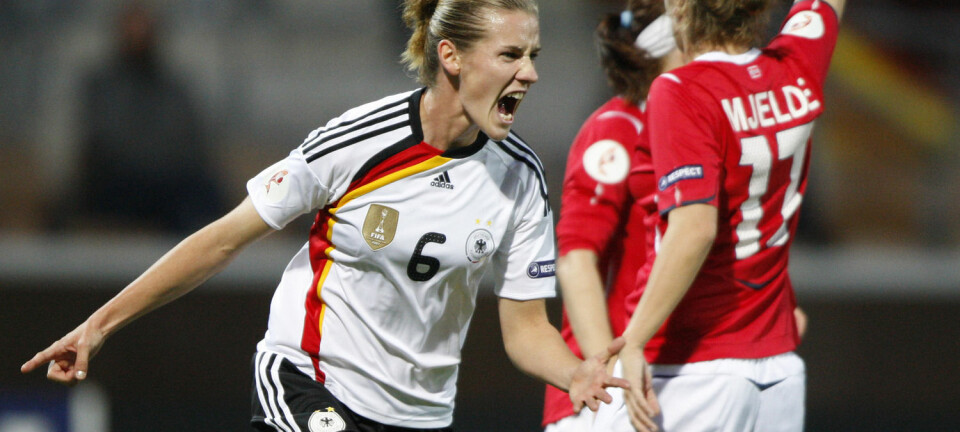This article is produced and financed by UiT The Arctic University of Norway - read more

How to get the best performance from female footballers
We know a lot about how to get high performing male footballers. The Female Football Centre is going to find out what works for women.
UiT The Arctic University of Norway has been awarded with 42 million Norwegian kroner – roughly 4,6 million USD – for a new research centre dedicated to women’s football: Female Football Centre.
– The project is important because there is limited research on female sports, says project leader Svein Arne Pettersen, associate professor at the School of Sport Sciences at UiT.
– So far, we have mainly utilized results from sports studies performed on men and transferred the results to women, although we know that there are, among other things, major hormonal differences that vary throughout women’s menstrual cycles.
- The main goal of the centre is to gain a fundamental insight into what affects performance and general health in female elite athletes, and to interpret the findings so that Norwegian and international female football can have improved performance ability with healthy and happy players, Pettersen says.
Biggest sport for Norwegian women
Lise Klaveness has had a long career as a football player. Since last fall she has been the head of the elite football department of the Norwegian Football Association. She is very pleased with the establishment of the Female Football Centre in Tromsø.
– Football is the biggest sport for women in Norway. We have over a hundred thousand active girls and women in football. Increased knowledge of girls’ physical capabilities in sports is very important; not only for facilitating recreational football, but also for keeping up with the explosive development that is taking place in professional football, internationally, she says.
- The fact that UiT is opening a center dedicated to women’s football sends a strong signal to all our athletes.
Physiology, artificial intelligence and club organizations
Three departments at UiT are collaborating on this project, and the research is divided into three main areas: 1) Football physiology, psychology and medicine, 2) Computer safety and artificial intelligence, and 3) Club organizations in a gender perspective.
– We hope to gain a more holistic understanding of the demands and challenges that female athletes face, so that we can make thorough research based development- and training plans in order to optimize female performance, while staying healthy, Pettersen says, adding:
– We also hope to find good tools to track and control total training loads with artificial intelligence. These kinds of tools may be useful for other types of studies as well.

– About time
Tromsø Research Foundation is funding the large project. Unn Sørum, administrative leader, calls the Female Football Centre a unique initiative.
- There are many programs like this at both club and organization levels for men, but not for women, says Sørum.
The centre will study women’s sports by developing new training programs that will take care of physical and mental health in a long-term perspective,and prevent injuries and overtraining for female football players.
- This high-quality project fills a gap and is relevant for half of the citizens of the world. The Tromsø Research Foundation wants to be a part of this, says Sørum.
The head of UiT, Principal Anne Husebekk, is also excited about the initiative.
– The new football project at UiT is exciting and academically broad. It’s about time that sports research takes in gender differences as a central element of the research – and extra special that UiT is leading the way, she says.
































